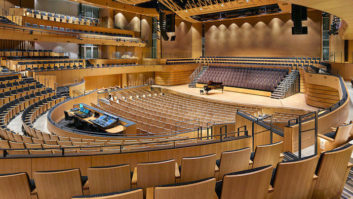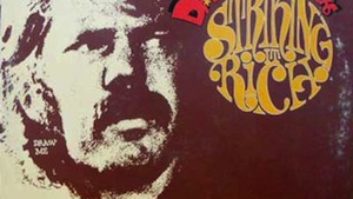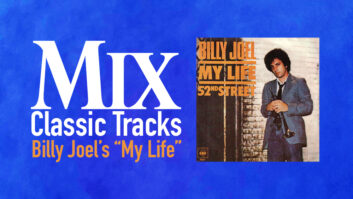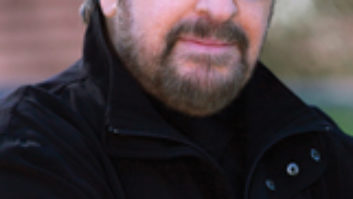Opening this month is Liberty Island’s new Statue of Liberty Museum, created by The Statue of Liberty-Ellis Island Foundation (SOLEIF) and the National Park Service. Inside the 26,000-square-foot space, visitors can walk through three immersive theaters that show close-up views of the Statue and offer an overview of liberty on a global scale.
The theaters then open into an engagement gallery, where exhibits lead visitors through the Statue of Liberty’s construction, her unveiling, her symbolic role for immigrants, and the perpetuation of liberty. The exhibitions, by ESI Design in New York, create “an experience that combines artifacts and participation, layering the physical and the digital in an immersive way,” says ESI’s head of media architecture, Emily Webster. “We knew audio would be a key tool in offering a fully immersive experience. We wanted the soundscapes to transport the visitor to a moment in history, for example when the Statue’s form was being hammered out of copper sheets.”
New York-based sound designer/mixer Jeremy Bloom created four soundscapes for the engagement gallery exhibits. For the first one, “Constructing Liberty,” Bloom extensively researched the Statue’s production process. In Paris, sculptor Frédéric-Auguste Bartholdi used a technique called repoussé, which involved creating full-scale sections of the Statue in plaster and then building large wooden molds around each one. Next, thin sheets of copper were hammered into the wooden molds, creating the contours of the Statue. These sheets were shipped to New York and hung from an iron armature affixed to the concrete pedestal on Liberty Island.
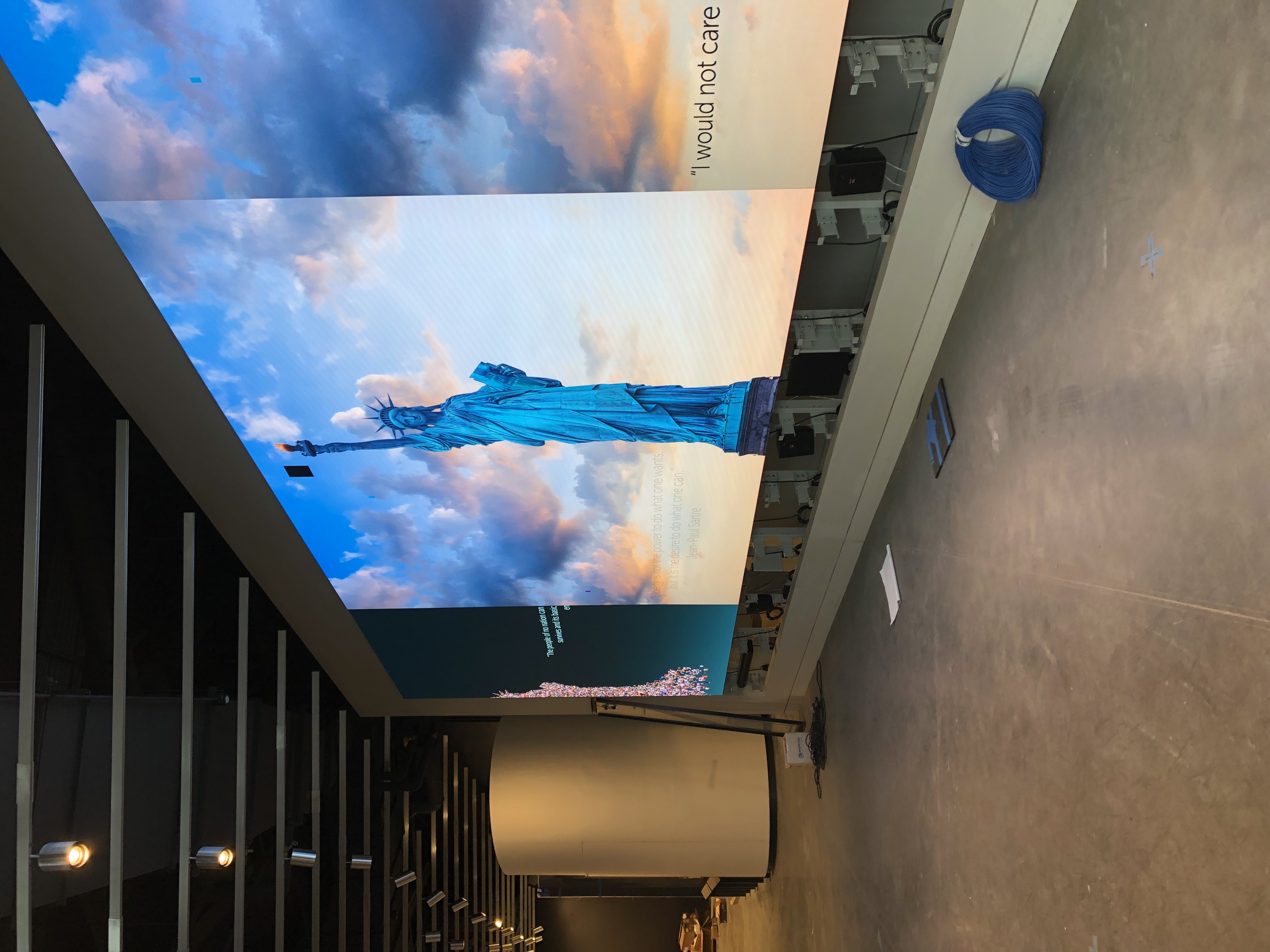
Bloom wanted to re-create this construction process as accurately as possible, so he headed to Les Metalliers Champenois (LMC Corp) in Paterson, N.J., whose team of metalworkers emigrated from France to help restore the Statue in 1984. Since they still had the molds they used, Bloom—armed with a Sound Devices 702T and a Sennheiser MKH40—was “able to record copper of the proper thickness being hammered into the actual forms that were used for the Statue of Liberty,” he says.
“Constructing Liberty” also features a bed of workers’ voices calling out to each other as they’re building the wooden forms and hammering metal sheets, and even gossiping on their break. For this, Bloom worked with loop group expert Dann Fink, co-owner of Loopers Unlimited in New York, who hired a group of French-speaking actors to improvise their dialog based on Bloom’s research of the workers’ names, the production process, and popular theories regarding Lady Liberty’s model. Was it Bartholdi’s mother? His wife? Bloom, who recorded loop group and dialog at NYC’s Gigantic Studios and Sound Lounge, says, “Any Francophones visiting the exhibit may pick up on that information. That’s a fun little Easter egg, a special little treat for them. I love hiding that kind of stuff in my work.”
Bloom ran the sound effects and voices through a convolution reverb in Audio Ease’s Altiverb that mimicked the acoustics of the Paris workshop (based on its dimensions and building materials), effectively putting them into that space and adding another layer of realism to the soundscape.
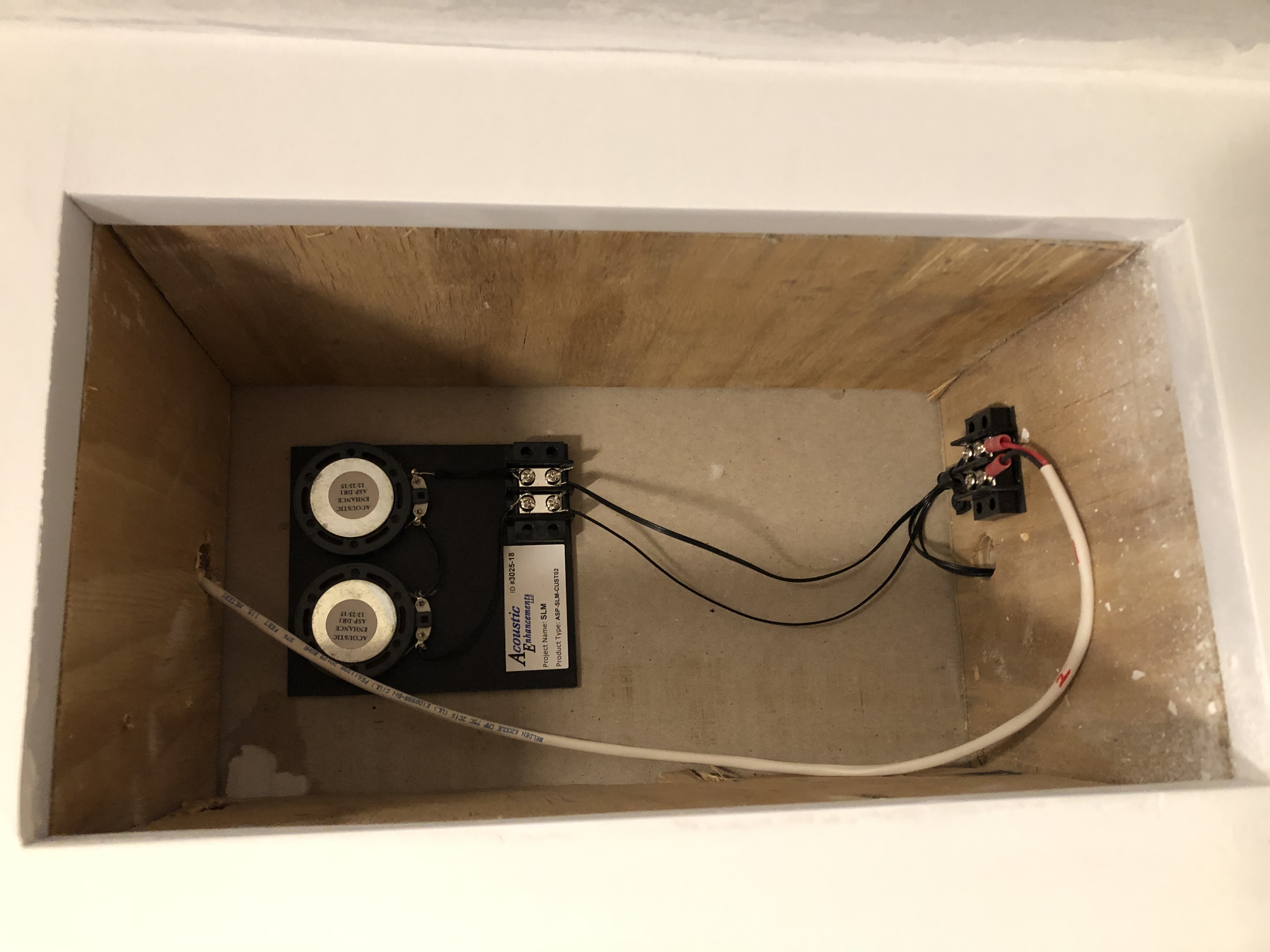
Historical research also drove Bloom’s next soundscape, called “Opening Ceremony,” which covers the Statue’s unveiling in October 1886. Bloom’s research assistant Amanda Belantara dug up old newspaper articles of the event. Because this was before the prevalence of recording equipment, Bloom notes that journalism of that era was more descriptive than our modern-day news stories.
“Accounts of the ceremony are full of chronological details, like specific interruptions from the crowd, tugboats in the harbor blowing their horns, guns firing from the sides of war ships, and the elocution of various speakers, like Senator William Evarts and President Grover Cleveland. The level of detail is spectacular!” says Bloom.
For the voice of President Cleveland, Bloom—who sound designs several shows for WNYC—pulled a recording of Cleveland from the WNYC archives. Voice actor Bill Lobley used that to study Cleveland’s inflections and speech patterns, and then imitated those in his performance of Cleveland’s Statue dedication speech.
“Opening Ceremony” even includes marching band music. Bloom and Belantara researched the marching bands that participated in the event and their musical repertoires. “I’m very confident that the songs in the soundscape are ones that were performed during the actual event,” Bloom says.
“Using a combination of historical sources, we were able to make a script to follow for the dedication ceremony,” he adds. “It’s like a forensic reconstruction of this event. Even though there weren’t sound recordings of it, the soundscape gives a clear picture of what it was like to be there on that day.”
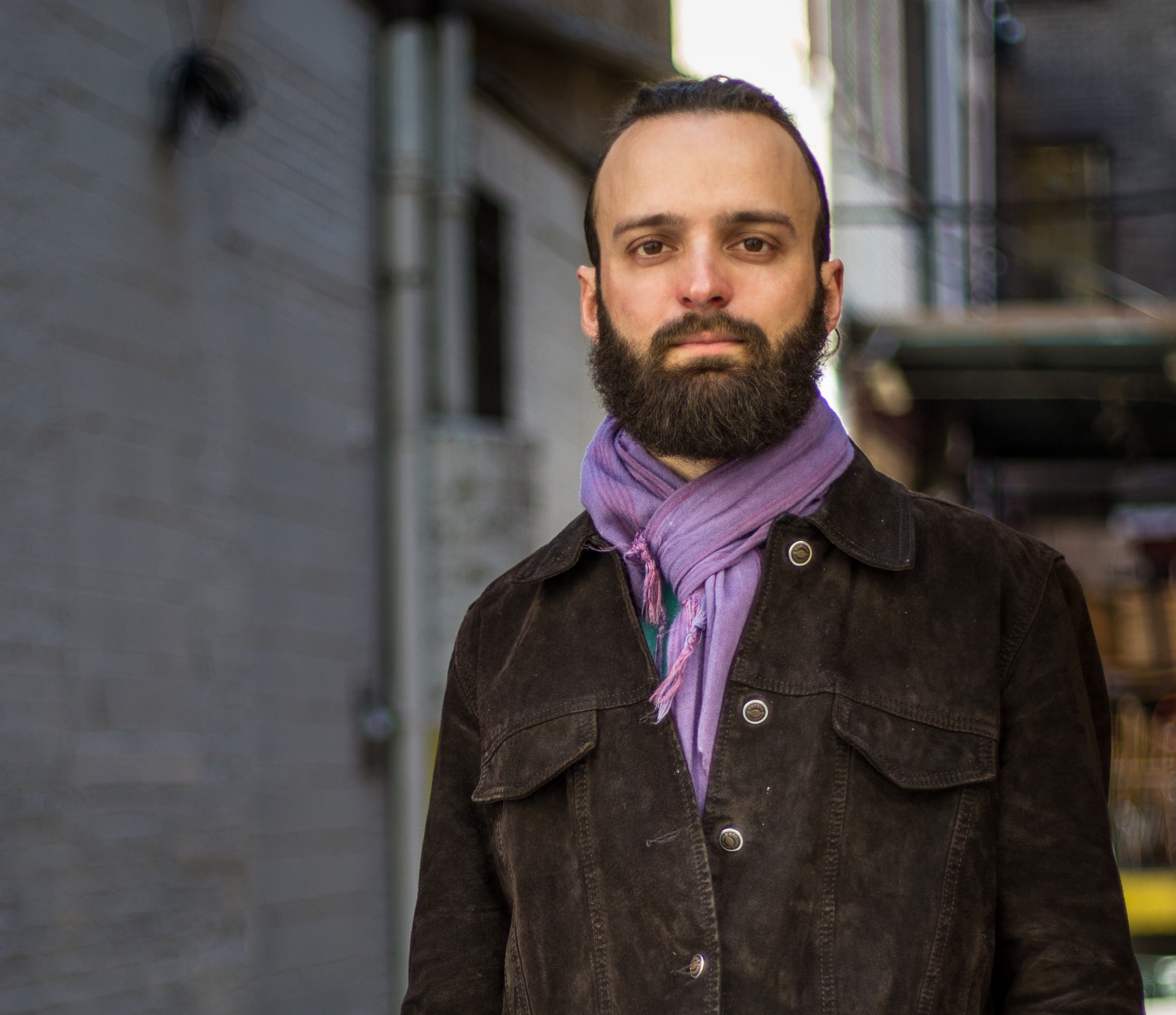
The third soundscape, “Welcoming Immigrants,” is a montage of interviews created from recordings captured as part of an oral history project at Ellis Island. With access to the entire audio archive, Bloom was able to select a diverse range of experiences and reactions to edit together. He then remastered the dialog tracks using iZotope’s RX 7 Advanced, Brusfri noise reducer by Klevgrand, and FabFilter Pro-Q 2.
There is no music or background ambience in “Welcoming Immigrants.” Since the exhibits are close together and open to each other, music from “Opening Ceremony” and the last exhibit, “Becoming Liberty,” can be faintly heard in “Welcoming Immigrants.” But that’s not a bad thing.
“All of the soundscapes are meant to be symbiotic and intertwine in a way,” says Bloom. “There are key moments when the speeches in ‘Opening Ceremony’ bleed over into ‘Welcoming Immigrants.’ For example, the cannon fire is timed so that it punctuates the interviews of ‘Welcoming Immigrants.’ And the abstract music of ‘Becoming Liberty’ is designed to be completely complementary to the marching band music in ‘Opening Ceremony.’”
In fact, some of Bloom’s evocative music for “Becoming Liberty” was derived from the marching band music in “Opening Ceremony.” He heavily processed the marching band music using the SpecOps plug-in from Unfiltered Audio and Evolve from GRM Tools, to turn it into more of an abstract drone. The rest of the 16-minute composition was created using virtual instruments like Spectrasonics Omnisphere and several from Soniccouture for Native Instruments Kontakt.
“The music overall is crafted in such a way that it doesn’t reference any musical era or specific instrumentation. It’s ambient music meant to express a timeless feeling,” explains Bloom.
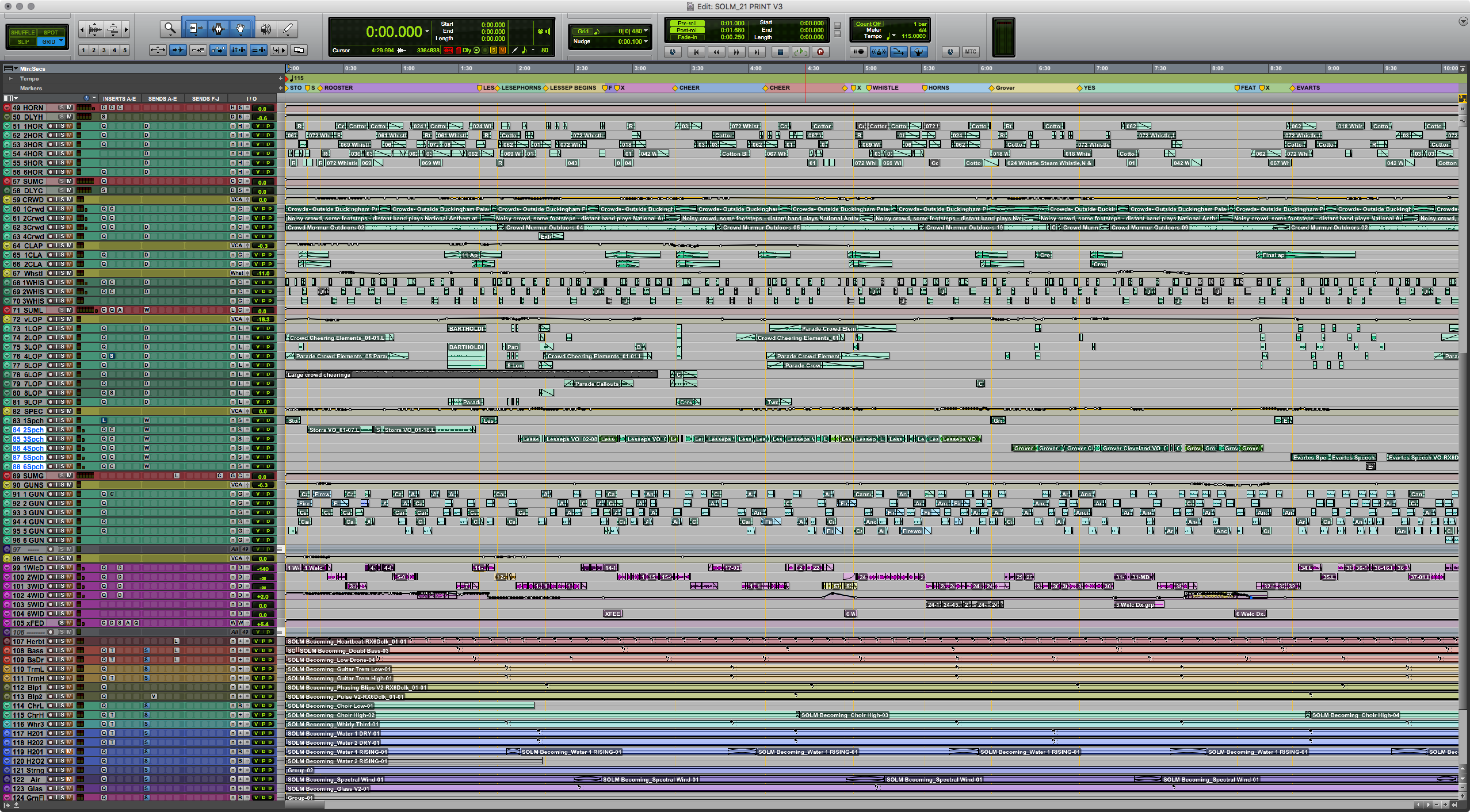
Bloom created all four soundscapes in a master Pro Tools session. He stacked the soundscapes on top of each other, as opposed to staggering them across the timeline, because in the museum all four soundscapes always play together on a loop. “They’re more like parts of a whole,” explains Bloom.
Each soundscape is multichannel (except “Welcoming Immigrants”), but not in a traditional format like 5.1 or 7.1. “Constructing Liberty” is four separate channels in a semi-circular layout, and “Opening Ceremony” has five separate channels spread linearly across a wall. “Becoming Liberty” is 10 channels, with a different stem coming from each speaker so that the sounds mix acoustically in the space instead of digitally in the speaker. Using Dolby Atmos object panning, Bloom could “lay out the soundscapes in this odd speaker configuration and get a sense of the imaging,” he says. Bloom mixed in Gigantic Studio’s Mix A and Mix C.
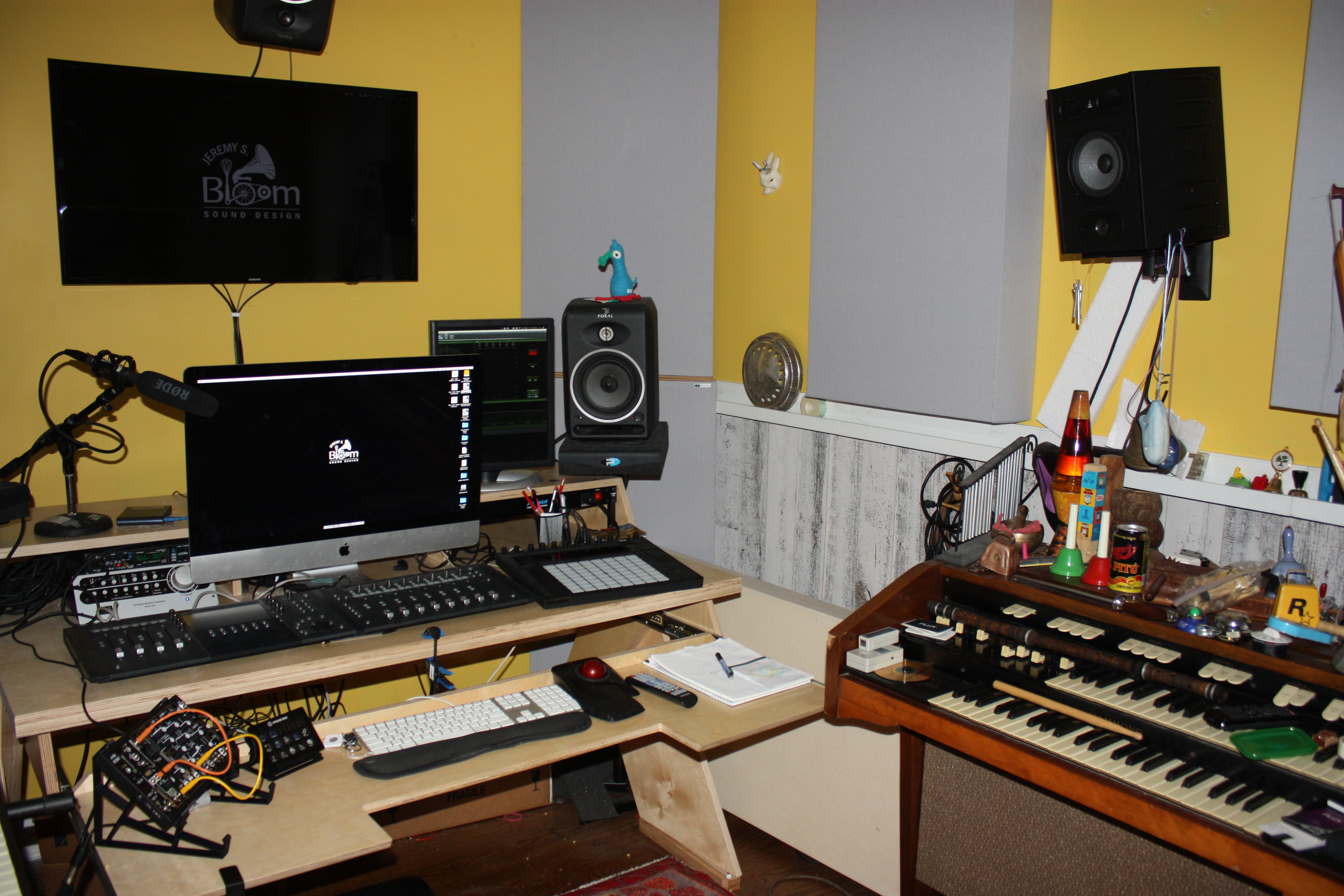
But playback in a soundproof studio is much different than in an open museum space. Bloom worked closely with Steve Haas, CEO and principal consultant of SH Acoustics in Milford, Conn., who has over 30 years of experience in museum audio and acoustic design. Haas devised an optimal playback system for the exhibits and then worked with AV integrator Diversified to get it into place.
Haas says: “In museum exhibit galleries, there is always a need to provide both quality of sound and the control of sound bleed between areas. Our work with media producers, like Jeremy [Bloom], is tightly intertwined because we have to understand what the content is going to be so we know what control we need and what quality we need in order to design a complementary system.”
In this case, the goal was to mix the galleries so the soundscapes could flow into one another, but there couldn’t be so much bleed that it was distracting. “It had to feel alive and immersive, but still have clarity in the dialog,” says Haas.
He also had to consider speaker placement when designing the playback system. For “Constructing Liberty” and “Opening Ceremony,” Haas couldn’t hide speakers in the ceiling or in the floor since the exhibits’ thematic elements spread across the whole area; nor would a traditional speaker provide the immersion he sought. His solution was to attach custom-built transducers to the back of the exhibit walls. Each wall is set up to play a separate channel of audio, in accordance with Bloom’s multichannel soundscape designs.
“This creates a very broad dispersion of sound that feels full and enveloping, and you don’t know where the audio is coming from,” Haas says. “The whole wall is generating the sound. It just feels so present and real, not like it’s coming from one point behind a speaker grille.”
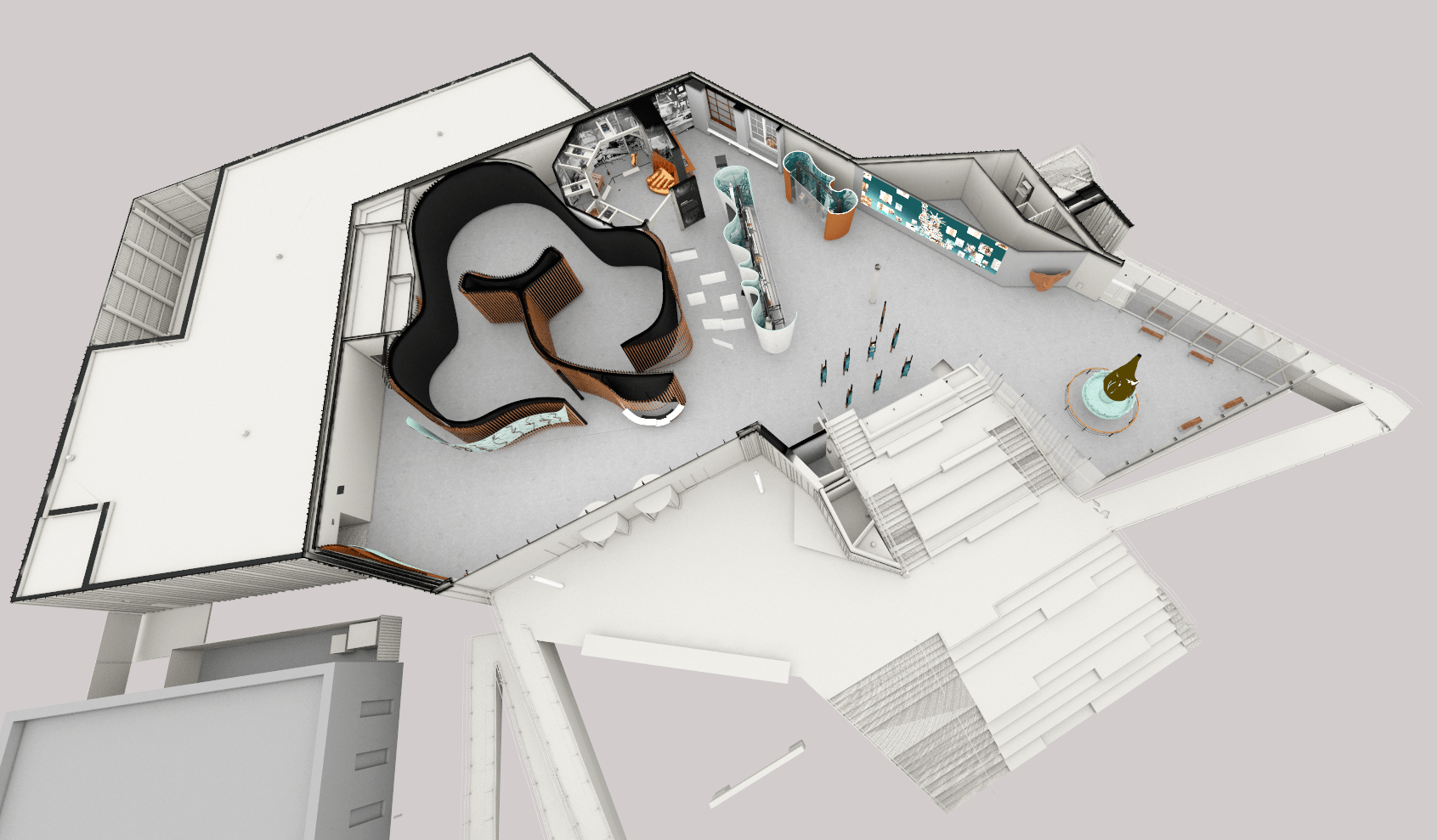
Using QSC’s Q-SYS DSP platform, Haas was able to tweak the EQ, delay and volume of each transducer to achieve the perfect sound. He says, “When you attach transducers to very unknown, unscientific material you have to do a lot of creative equalization to get it to sound right. But once you do, it’s magic.”
For “Welcoming Immigrants,” Haas needed to go in the opposite direction. He needed a highly focused sound, so he chose Dakota Audio’s FA-501 36-inch directional speaker. Under the speaker fabric, there are more than 100 tiny speaker cones projecting the sound. “These can be time-delayed so that it focuses sound in a coherent manner at a particular location. You can also adjust the tightness of the focus,” says Haas.
“Becoming Liberty” required yet another approach. There are 10 channels of audio spread across the length of the exhibit. This music-only soundscape needed to mix in the space but not project too far beyond it. Under the exhibit’s screen, Haas mainly employed traditional JBL Control 25AV speakers and attached a few more custom transducers to the back of a drywall section where speaker grilles couldn’t be seen; plus he added a JBL CBT 100LA line array on each end, positioned horizontally (instead of vertically, which would have created a broader soundfield).
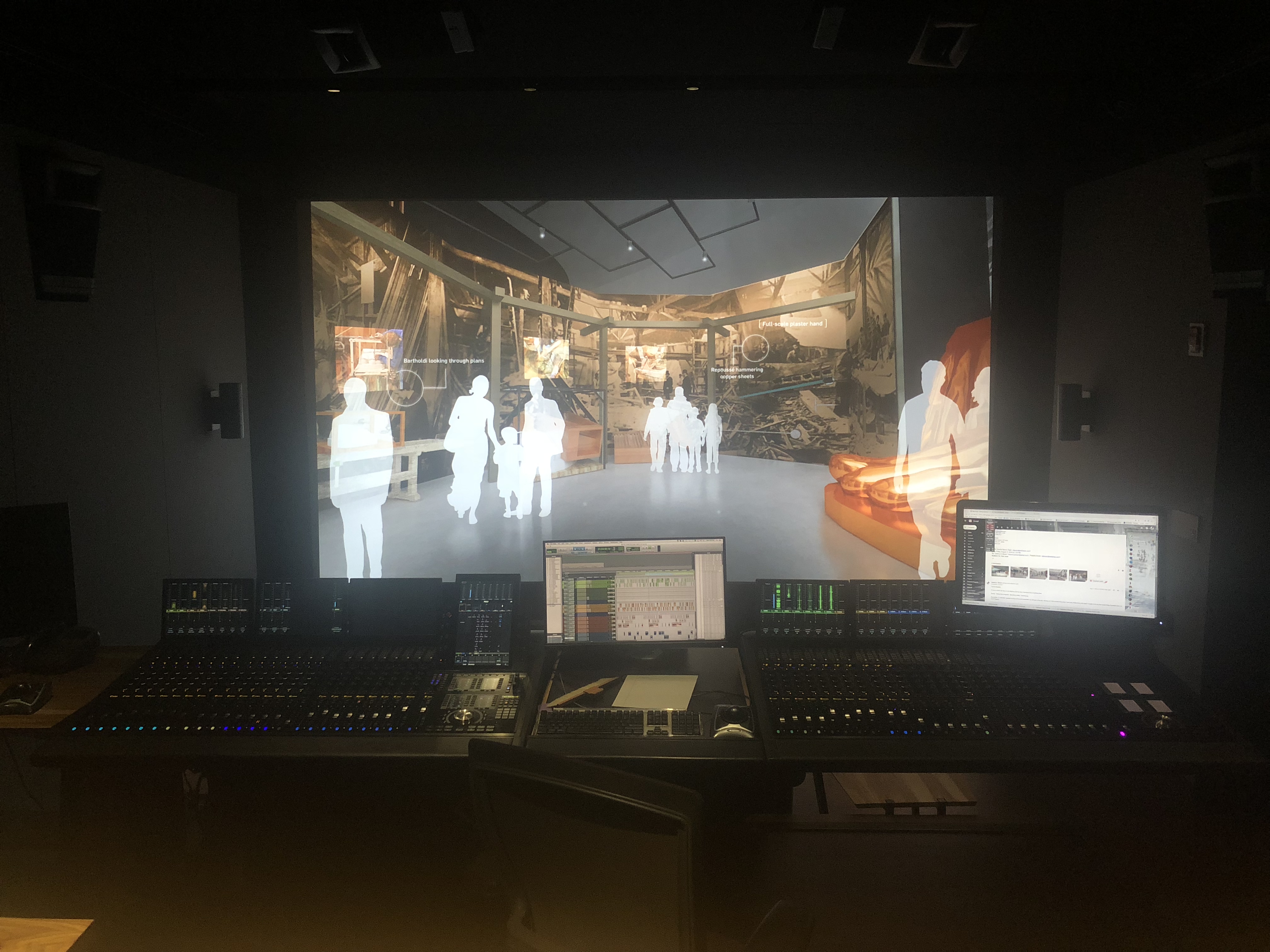
“During calibration, we created a balance where the sound would drop off so that it didn’t send too much sound into the exhibits around it,” notes Haas. He added a few compact subwoofers from Innovox Audio to fill out the low-end. “We really tightly control the level of the bass to give the sensation of low frequency without the volume. We don’t want to be blasting bass frequencies everywhere in this open exhibit environment.”
Q-SYS handled signal routing and processing, and was used to mix the exhibits “so that each one tonally sounds great and is playing back at the right level within itself and relative to all the surrounding exhibits,” says Haas. Once a good balance was established, Haas then created three different global volume settings—low, medium and high—that can be selected depending on crowd size. “We’ll do our calibrations with different-sized crowds, so when there’s a light day (with a sparse crowd), everything isn’t just blaring. The museum staff can raise and lower the sound in the gallery as a whole while keeping the critical relative balance intact.”
A well-mixed museum environment set to the proper playback volume allows visitors to enjoy the content of the exhibits instead of being bombarded by it. “The design of the museum speaks to visitors on multiple levels, from informative to personal and interactive,” Webster concludes. “The audio has been strategically incorporated to build emotion and drama that brings Liberty’s story to life.”
